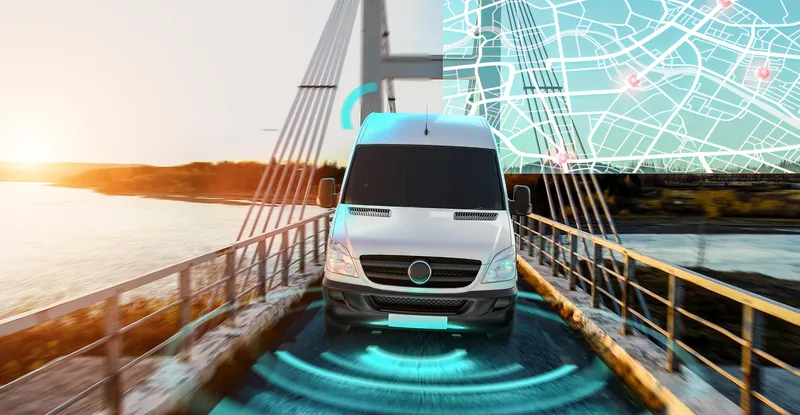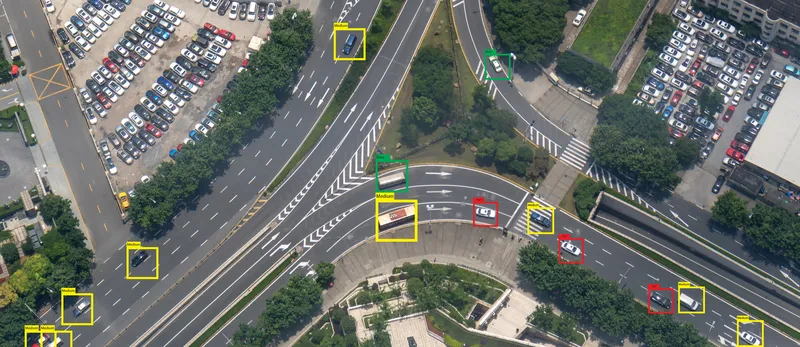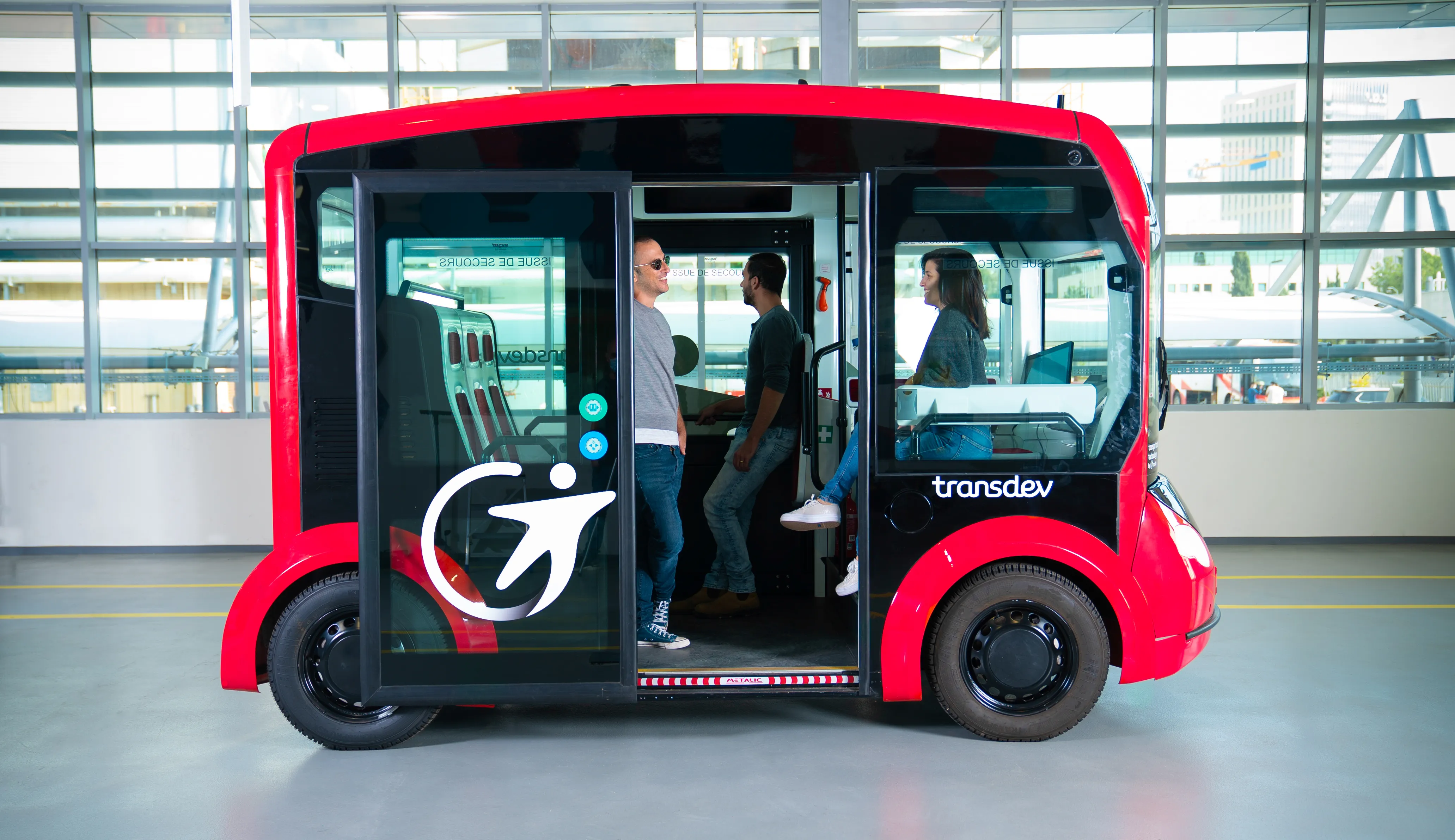
Oxa, a provider of autonomous vehicle software for industrial and commercial fleets will use NVIDIA Cosmos to accelerate industrial mobility automation (IMA) - the automation of repetitive driving tasks by work vehicles.
These include fixed-route shared passenger transportation, airport ground transportation (baggage, freight, passenger/crew), port and retail yard trailer/container shunting, asset monitoring, factory line parts logistics and hub-to-hub truck logistics.
The tasks are currently performed by around 400 million work vehicles globally and are typically completed on uniform routes which are ‘place-specific’ - a known location - making them prime candidates for automation.
Oxa is using NVIDIA’s Cosmos World Foundation Models (WFMs), including newly-announced Cosmos Predict models, to enhance its own training tools. The tools, which includes Oxa Sensor Expansion, sit within its development toolchain, Oxa Foundry. Cosmos WFMs generate photo-real virtual world states as videos from multimodal inputs such as text and images.
Through its collaboration with NVIDIA, Oxa is able to generate vast amounts of diverse and realistic synthetic data. This expedites the training and validation of its software while significantly accelerating the development and deployment of safe, reliable and efficient self-driving solutions.
Oxa’s end-to-end system development approach, powered by Oxa Foundry, uses a novel GenAI approach to train and assure its self-driving software, Oxa Driver, ‘hyperlocally’ on planned, uniform and repeatable routes, transforming it from a generalist into a specialist.
These GenAI techniques enable the creation of representative and targeted ‘syllabuses’ for teaching and assuring Oxa Driver, with minimal and cost-effective source data requirements.
“By collaborating with NVIDIA and harnessing its latest technologies, we are accelerating our ability to deliver safe, reliable and efficient autonomous solutions to customers today, addressing critical challenges such as driver shortages and productivity gaps,” said Gavin Jackson, chief executive of Oxa.
“The use of Cosmos for synthetic data generation combined with our own technologies will be instrumental in achieving our goals and unlocking the $2 trillion industrial mobility automation market.”








